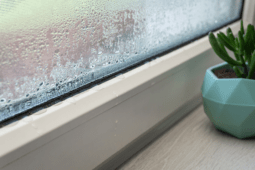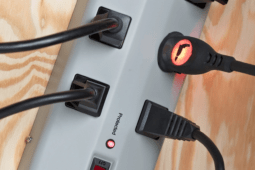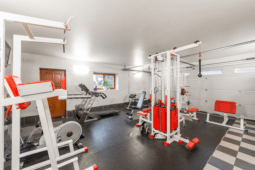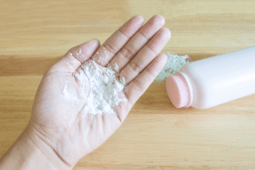Mastering the Art of Table Setting: Need To Know Basics For Any Occasion
Setting a table is the art of arranging the table for a meal. It may seem like a simple task, but there are many details to consider when setting a table. Whether it’s a formal dinner party, a casual family gathering, or a romantic dinner for two, the table setting can make a big difference in the atmosphere of the occasion.
Here are some need-to-know basics when setting a table for any occasion.
Tablecloth and Napkins
Selecting the right tablecloths and napkins for your table setting can make all the difference in creating a welcoming and harmonious atmosphere for your guests. Whether you’re hosting a formal dinner party or a casual gathering, choosing the right linens can add a touch of elegance and sophistication to your event.
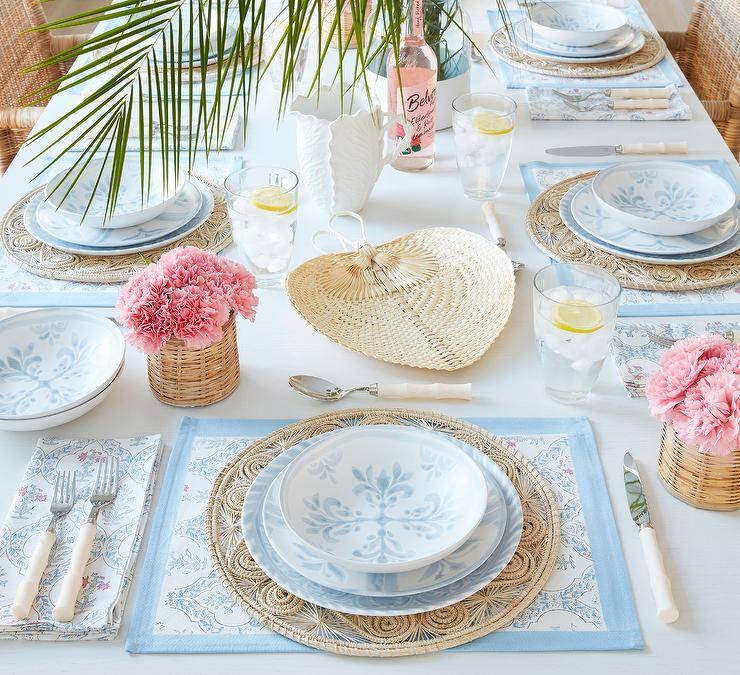
When selecting table cloths, consider the size and shape of your table. A table cloth that is too short or too long can look awkward and out of place. Measure your table in advance and choose a cloth that fits well, with a few extra inches on each side for a graceful drape. Consider the color and texture of your table cloth as well. Neutral tones like white, beige, or gray are versatile and can complement a variety of décor styles. If you’re feeling bold, a vibrant or patterned table cloth can add a pop of color and personality to your setting.
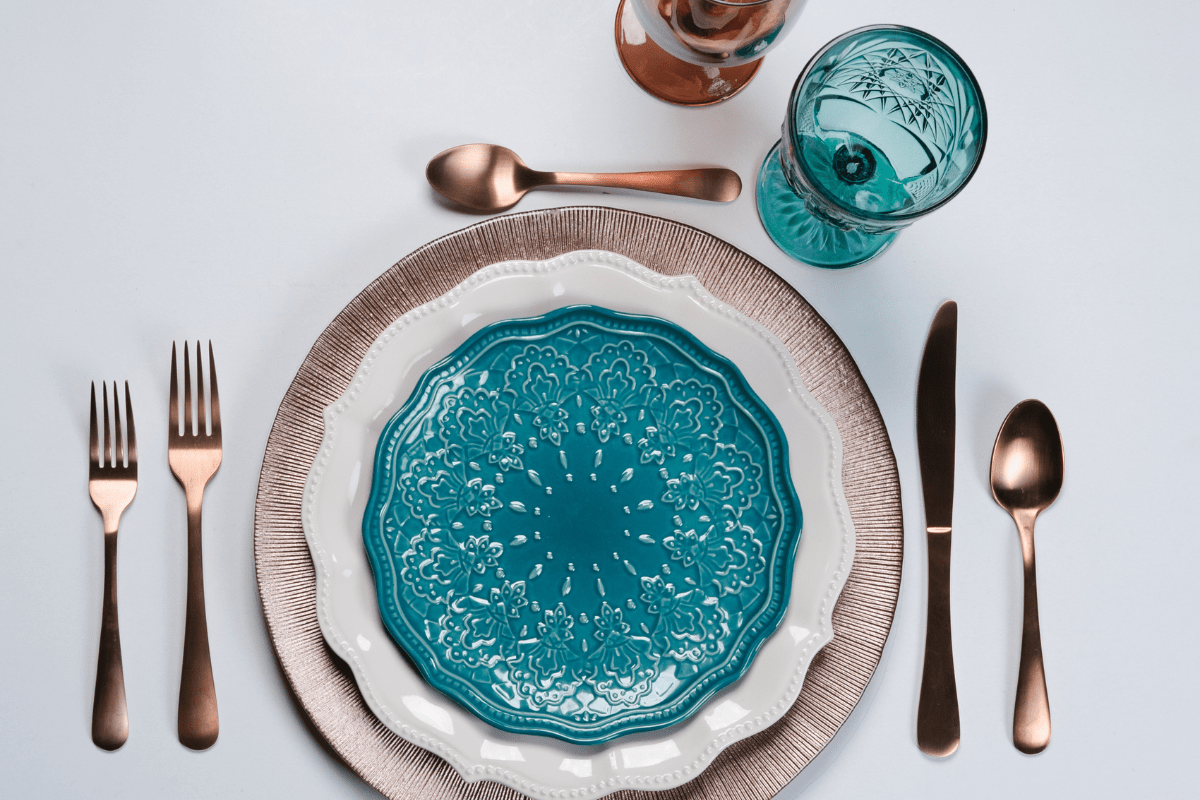
Napkins are another important element of your table setting. Consider the size and shape of your napkins, as well as the material. Cloth napkins are more formal and can elevate your table setting, while paper napkins are more casual and practical for everyday use. Choose a color or pattern that complements your table cloth and other décor elements, or mix and match for a playful and eclectic vibe.
When it comes to folding your napkins, there are endless possibilities. The classic rectangle fold is simple and elegant, while the more complex fan or rose fold can add a touch of whimsy. Consider adding a napkin ring or tying your napkins with ribbon or twine for an extra special touch.
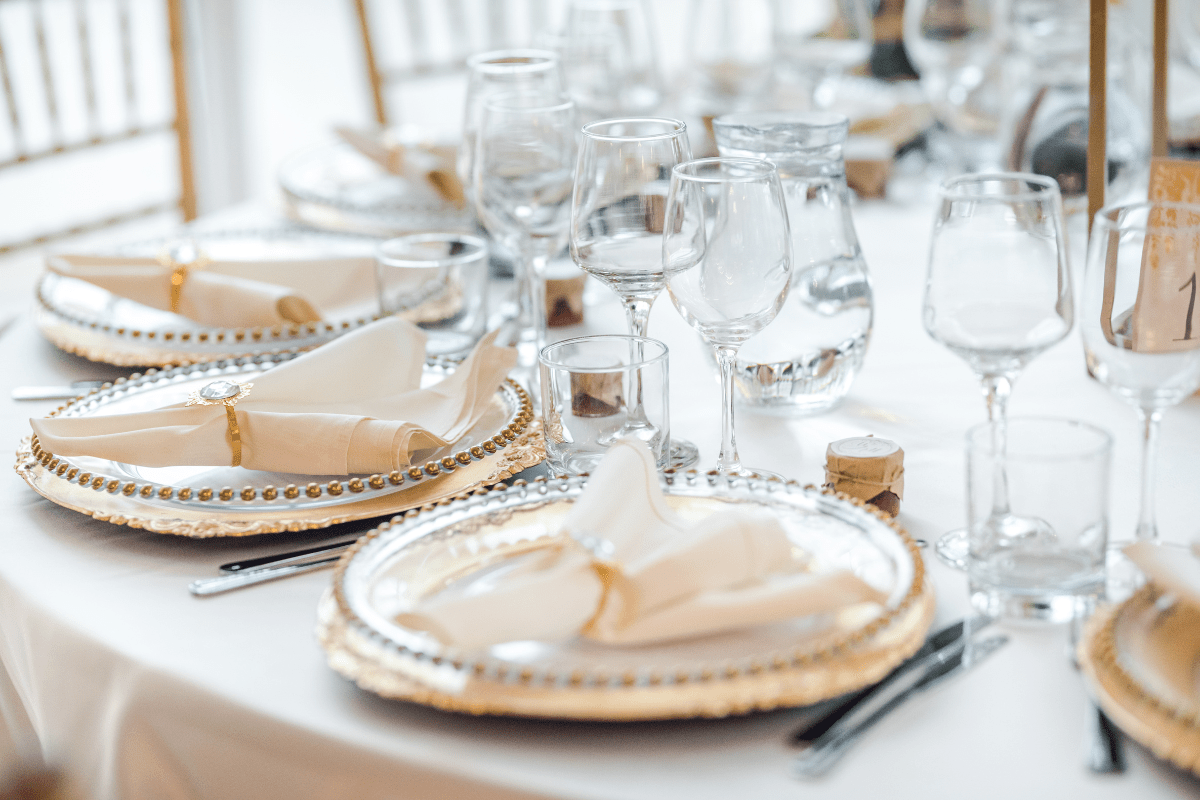
Overall, selecting the right table cloths and napkins for your table setting is a fun and creative process that can enhance the overall ambiance of your event. With a little bit of planning and attention to detail, you can create a beautiful and inviting space for your guests to enjoy.
Plates and Cutlery
When setting a table, it is important to start with the placemat (if you will be using one). The placemat should be centered on the table, with each place setting evenly spaced.
The first item to be placed on the placemat is the dinner plate. The plate should be centered in front of the chair, approximately an inch away from the table’s edge. Next, the napkin should be placed on either the left side of the plate or on the center of the plate. The fork should be placed on the left side of the plate, with the knife and spoon on the right. The knife should be placed with the blade facing the plate, and the spoon should be placed to the right of the knife.
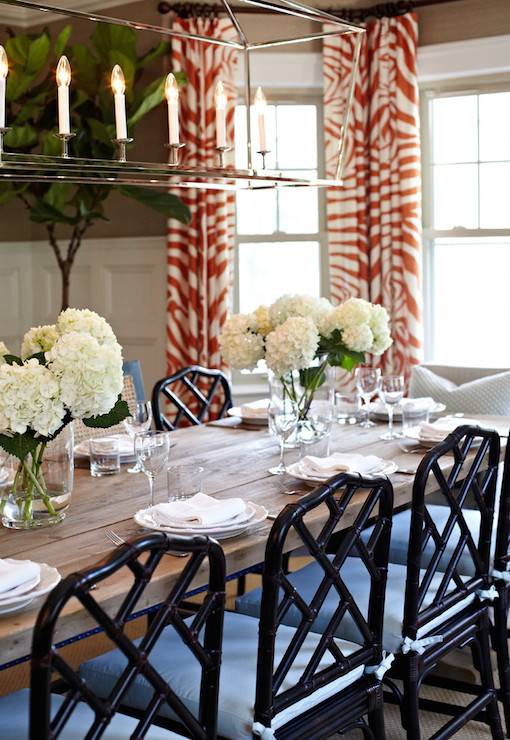
If the meal includes a salad, a salad plate can be placed on top of the dinner plate. The salad fork should be placed on the left side of the plate, with the dinner fork to the left of the salad fork.
When setting a table, it is important to consider the type of meal being served. For example, if soup is being served, a soup spoon should be placed to the right of the knife. If dessert is being served, a dessert spoon and fork can be placed above the plate or brought out with the dessert.
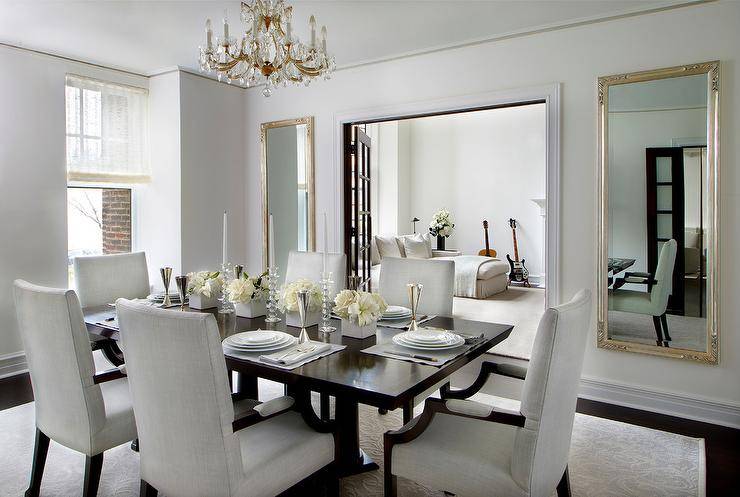
Setting a table properly is an essential skill for formal occasions. Understanding the basics of where to place plates and cutlery is the foundation for a well-set table. Remember, the key is to make sure that each place setting is evenly spaced and that the utensils are placed in their proper location. With a little practice, anyone can master the art of setting a table and impress their guests with their attention to detail.
Glassware
The glassware should be placed on the right side of the plate, above the knife and spoon. The water glass should be placed closest to the plate, followed by the wine glass.
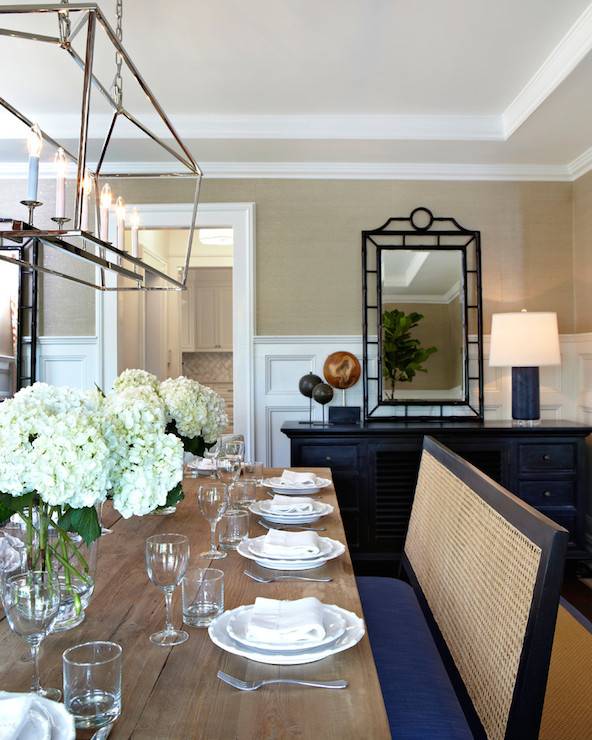
For a formal event, use a separate glass for each type of wine being served. For a casual event, one glass for water and one for wine will suffice.
Place Cards
Place cards are a great way to help guests find their seats. They should be placed on the right side of the plate, above the knife and spoon.
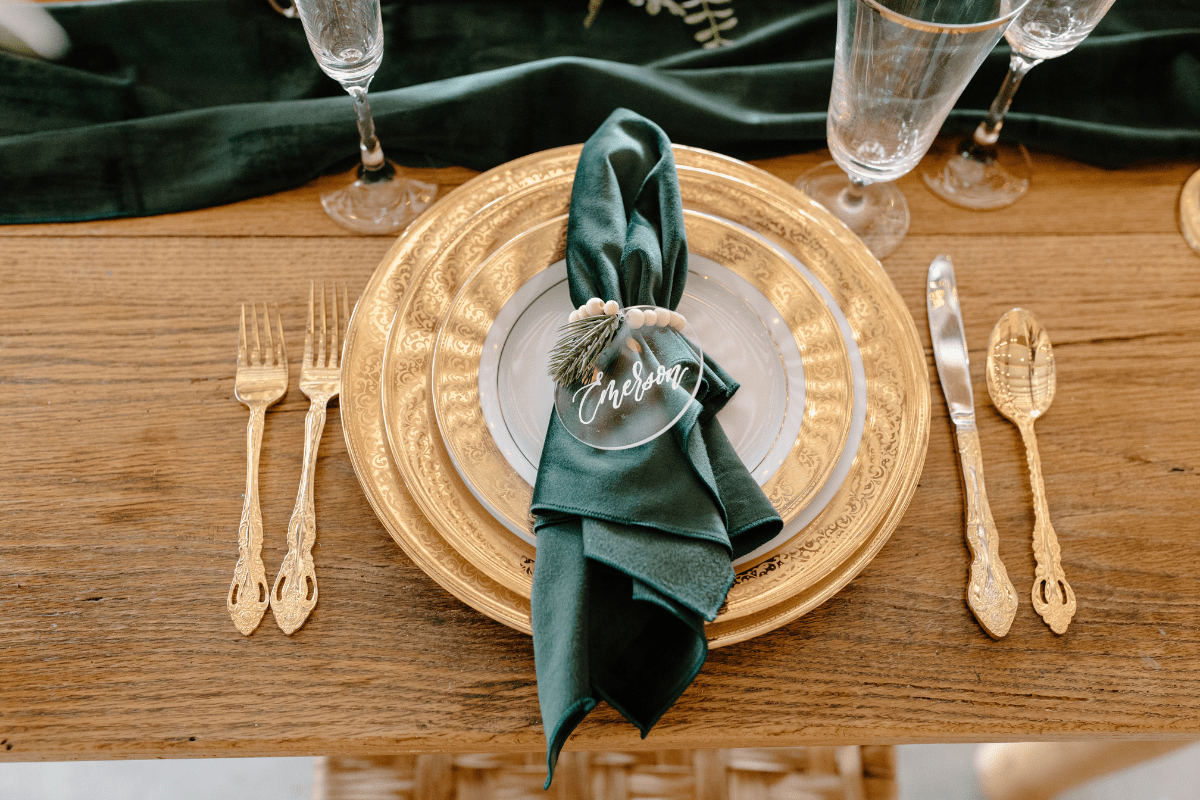
For a formal event, use a calligrapher to write the names of the guests on the place cards. For a casual event, handwritten place cards will suffice.
Centerpieces
When it comes to setting a table, centerpieces are a great way to add a touch of elegance and personality to any dining experience. However, it’s important to strike a balance between style and functionality, as a poorly chosen centerpiece can detract from the overall dining experience.
When selecting a centerpiece, it’s important to consider the size and shape of the table. A large centerpiece can be overwhelming on a small table, while a small centerpiece may look lost on a larger table. The centerpiece should also be appropriate for the occasion – for example, a floral arrangement may be appropriate for a wedding or formal dinner, while a bowl of fruit may be more suitable for a casual brunch.
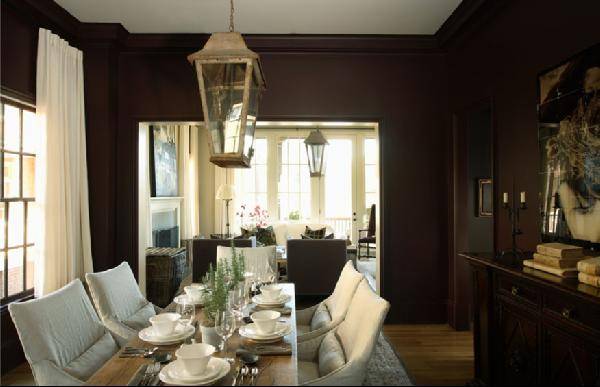
It’s also important to consider the height of the centerpiece. It should be tall enough to make an impact, but not so tall that it obstructs the view of other guests or makes conversation difficult. If you’re unsure, a good rule of thumb is to keep the centerpiece below eye level when seated.
When selecting items to include in a centerpiece, it’s best to avoid anything that is strongly scented or likely to shed or wilt. Candles are a popular choice, but make sure they are unscented or have a subtle fragrance that won’t overwhelm the senses. Fresh flowers and greenery are also a great option, but ensure they are arranged in a way that won’t obstruct the view of other guests or interfere with the meal.
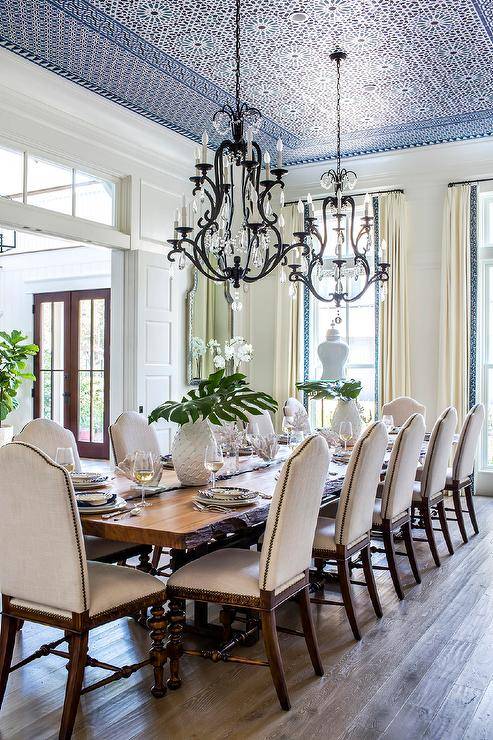
In addition to the centerpiece, it’s important to consider the rest of the table setting. A well-coordinated table will have a cohesive look and feel, with all elements working together to create a harmonious dining experience. Consider the color and texture of the tablecloth, napkins, and plates, and choose complementary or contrasting colors and textures for the centerpiece and other decor.
Ultimately, the centerpiece should be a reflection of your personal style and taste, while also enhancing the dining experience for you and your guests. With a little thought and consideration, you can create a stunning table setting that will leave a lasting impression on your guests.
Final Touches
The final touches to the table setting include adding salt and pepper shakers and placing bread and butter plates on the left side of the plate. For a formal event, a bread knife should be placed on the bread plate. For a casual event, a butter knife will suffice.
In conclusion, mastering the art of table setting is a great way to make any occasion special. By following these need-to-know basics, you can create a beautiful and inviting table setting that will impress your guests.




